-
Rooted in industrial chic and timeless leathercraft, this stool channels the en...
-
Inspired by the timeless elegance of mid-century modern design, this chair pays...
-
Stripped of all excess, this chair embraces essential form with intentional des...
-
Step into the world of classic design, a remarkable fusion of style and comfort...
-
Find out this versatile icon of design chair that effortlessly blends into any ...
-
Discover this metal chair, a symbol of modern craftsmanship that combines simpl...
-
The chair's design is characterized by its simplicity and functionality. The ar...
-
The Minimalist Black Design Chairs is an iconic piece of furniture that has lef...
-
Bring a touch of rustic industrial charm to any setting with our Industrial Woo...
-
The Backless Black Metal Stools feature a distinctively simple yet elegant stru...
-
The timeless elegance of our Classic Black Metal Design Chairs—where sleek soph...
-
The stool's minimalist design is accentuated by its clean lines and geometric s...
Choosing Your Perfect Wooden Chair: A Buyer's Handbook
Choosing Your Perfect Wooden Chair: A Buyer's Handbook
A wooden chair is more than just a place to sit; it's a timeless piece of furniture that can add warmth, character, and functionality to any space. From elegant dining seating to comfortable accent perches, the right wood furniture can elevate your home's aesthetic and provide lasting utility. But with countless styles, wood types, and craftsmanship details to consider, how do you pick the perfect one? This handbook will guide you through the essential factors to consider when investing in timber chairs.
Understanding Wood Types: The Foundation of Quality
The type of wood used is arguably the most crucial factor determining a wooden chair's durability, appearance, and price.
- g
-
Hardwoods: These are prized for their strength and longevity.
-
Oak: Known for its prominent grain and exceptional durability, oak chairs are a classic choice for their robust nature and timeless appeal. It's resistant to dents and scratches, making it ideal for high-traffic areas.
-
Maple: A very dense wood with a fine, even grain, maple offers excellent resistance to wear and tear. It takes stains beautifully and can be highly polished, resulting in sleek seats.
-
Cherry: Valued for its rich, warm color that deepens with age, cherry is a strong yet workable wood. It's often chosen for more formal or traditional seating options.
-
Walnut: A premium hardwood, walnut boasts a beautiful dark color and a striking grain pattern. It's highly durable and often used for high-end, sophisticated timber seating.
-
Mahogany: Renowned for its reddish-brown hue and fine grain, mahogany is a durable and stable wood, often associated with luxurious, traditional furnishings.
-
-
Softwoods: While generally less expensive, softwoods are more prone to dents and scratches.
-
Pine: A common and affordable option, pine has a distinctive knotty appearance that lends itself well to rustic or casual wooden seats. It's softer than hardwoods but can be quite durable if properly cared for.
-
Cedar: Often used for outdoor chairs due to its natural resistance to decay and insects, cedar has a distinctive aromatic scent.
-
Design and Style: Harmonizing with Your Space
The style of your wooden chair should complement your existing decor and the room's overall ambiance.
-
Traditional: Characterized by ornate carvings, turned legs, and classic silhouettes, traditional chairs often feature dark wood finishes and evoke a sense of grandeur.
-
Modern/Contemporary: Look for clean lines, minimalist designs, and often lighter wood finishes or contrasting materials. These pieces of furniture prioritize function and simplicity.
-
Rustic/Farmhouse: Embracing natural imperfections, distressed finishes, and sturdy construction, these seats bring a cozy, earthy feel to a space. Pine and reclaimed wood are common choices.
-
Mid-Century Modern: Defined by organic shapes, tapered legs, and often a blend of wood with other materials like upholstery, these perches offer a chic, retro vibe.
-
Scandinavian: Emphasizes simplicity, functionality, and light-colored woods. These furniture pieces often feature clean lines and a focus on natural materials.
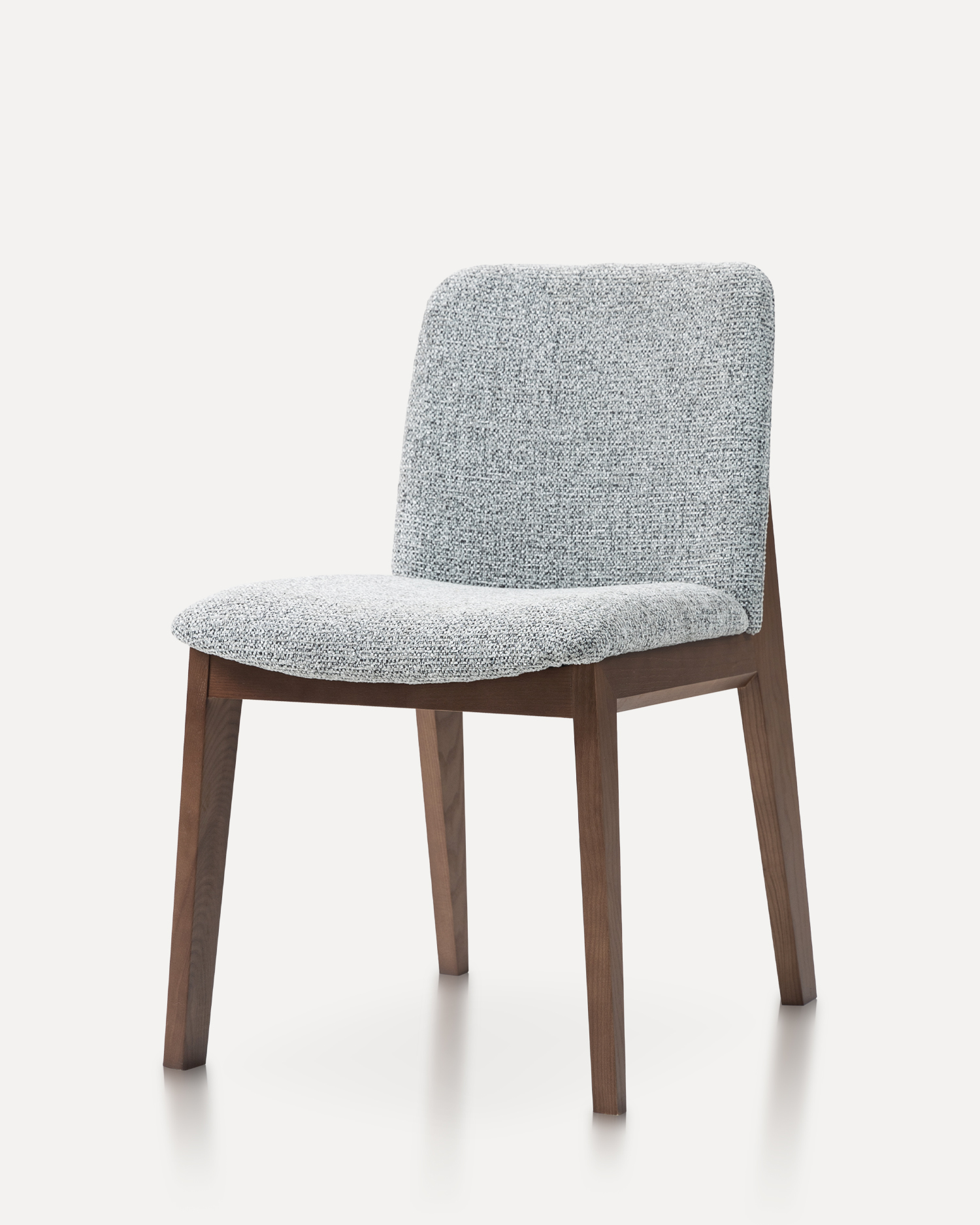
Construction and Joinery: The Mark of Craftsmanship
Beyond the wood type and style, the quality of construction is paramount for a wooden chair's longevity.
-
Joinery: This refers to how the different parts of the chair are connected.
-
Mortise and Tenon: This strong, interlocking joint is a hallmark of well-made furniture. A tenon (a protruding piece of wood) fits into a mortise (a cut-out hole), often secured with glue or pins.
-
Dovetail Joints: Primarily used for drawers but occasionally seen in structural elements, dovetail joints are incredibly strong and visually appealing.
-
Dowels and Screws: While acceptable for some applications, chairs primarily relying on just screws and glue without proper joinery may not last as long. Look for reinforced corners and tight connections.
-
-
Stability: A well-constructed chair should feel solid and stable, without any wobbling or creaking. Test it out!
-
Finish: The finish protects the wood and enhances its appearance.
-
Varnish/Lacquer: Provides a durable, protective layer.
-
Oil Finish: Penetrates the wood, enhancing its natural beauty and allowing for easy repairs of minor scratches.
-
Paint: Offers a wide range of colors but may chip over time.
-
Comfort and Ergonomics: Sit Awhile
Even the most beautiful wooden chair won't be enjoyed if it's uncomfortable. Consider the following:
-
Seat Depth and Width: Ensure the seat is deep enough to support your thighs and wide enough for comfortable seating without feeling cramped.
-
Backrest Angle and Height: The backrest should provide adequate lumbar support and be at a comfortable angle. Some chairs feature contoured backrests for better ergonomic support.
-
Armrests (if applicable): If the chair has armrests, ensure they are at a comfortable height for resting your arms.
-
Padding/Upholstery: While many wooden chairs are bare, some incorporate upholstered seats or backs for added comfort. Consider the fabric's durability and cleanability.
Practical Considerations: Before You Buy
-
Size and Scale: Measure your space to ensure the chair will fit comfortably without overcrowding the room. Consider the height in relation to tables if it's a dining chair.
-
Maintenance: Different wood types and finishes require varying levels of care. Understand the maintenance requirements before purchasing your lumber seating.
-
Budget: Wooden chairs range widely in price depending on the wood type, craftsmanship, and brand. Set a realistic budget before you start shopping.
-
Source: Consider buying from reputable retailers or artisans who provide details about the wood source and construction methods.
Choosing your perfect wooden chair is an investment in both comfort and style. By understanding the nuances of wood types, construction, design, and practical considerations, you'll be well-equipped to select a furniture piece that not only meets your needs but also becomes a cherished part of your home for years to come. What kind of wooden chair are you envisioning for your space?

 English
English Français
Français Español
Español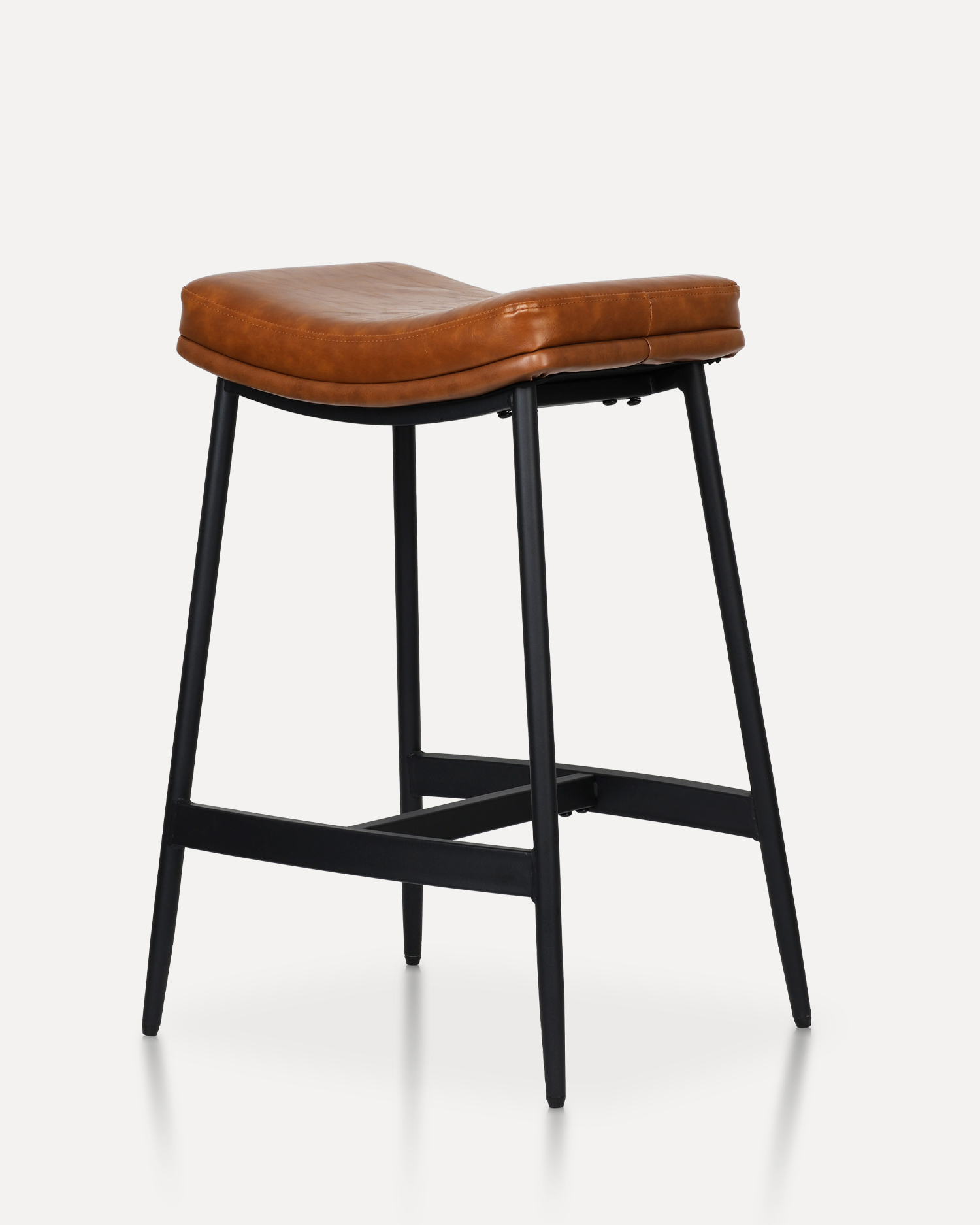
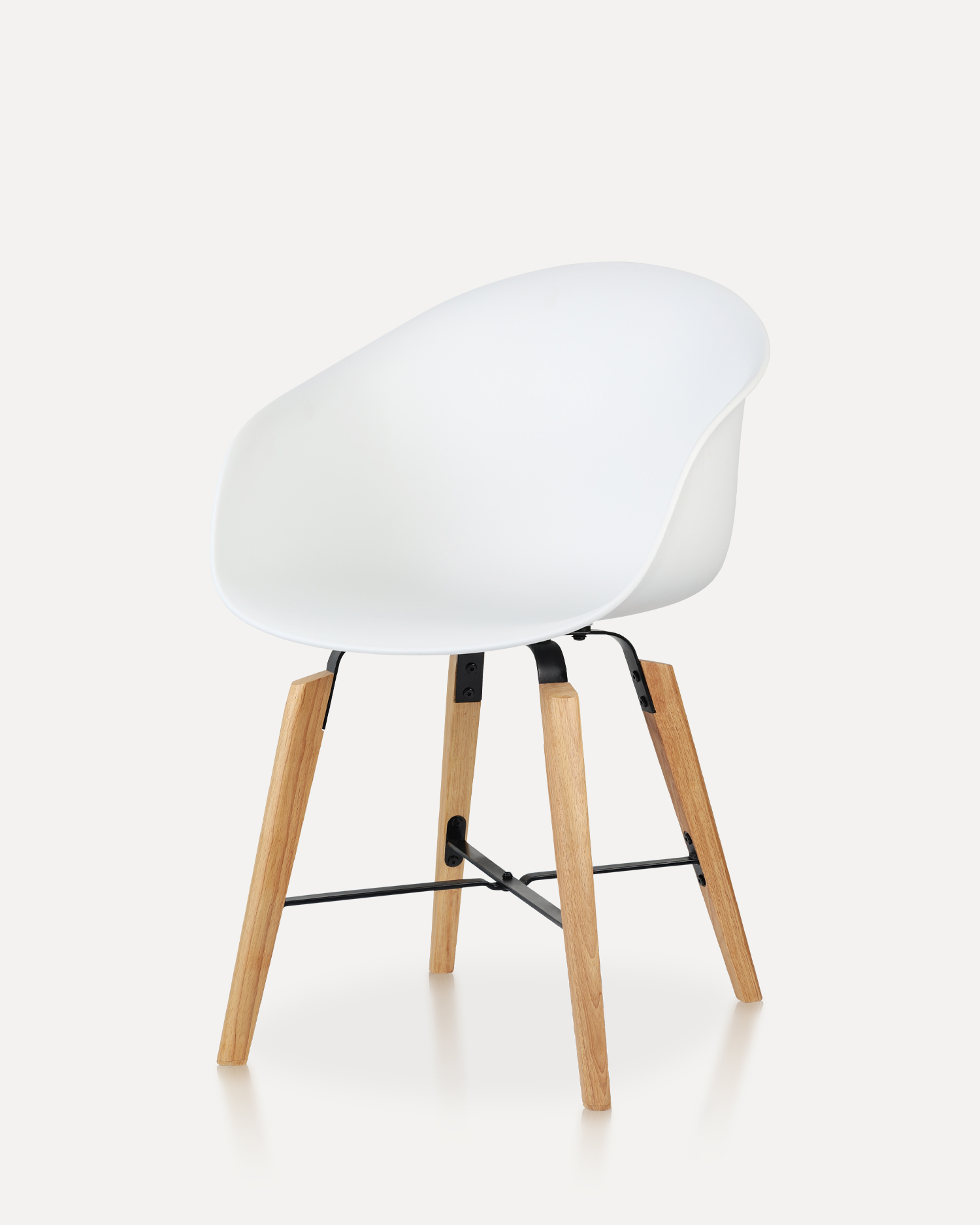
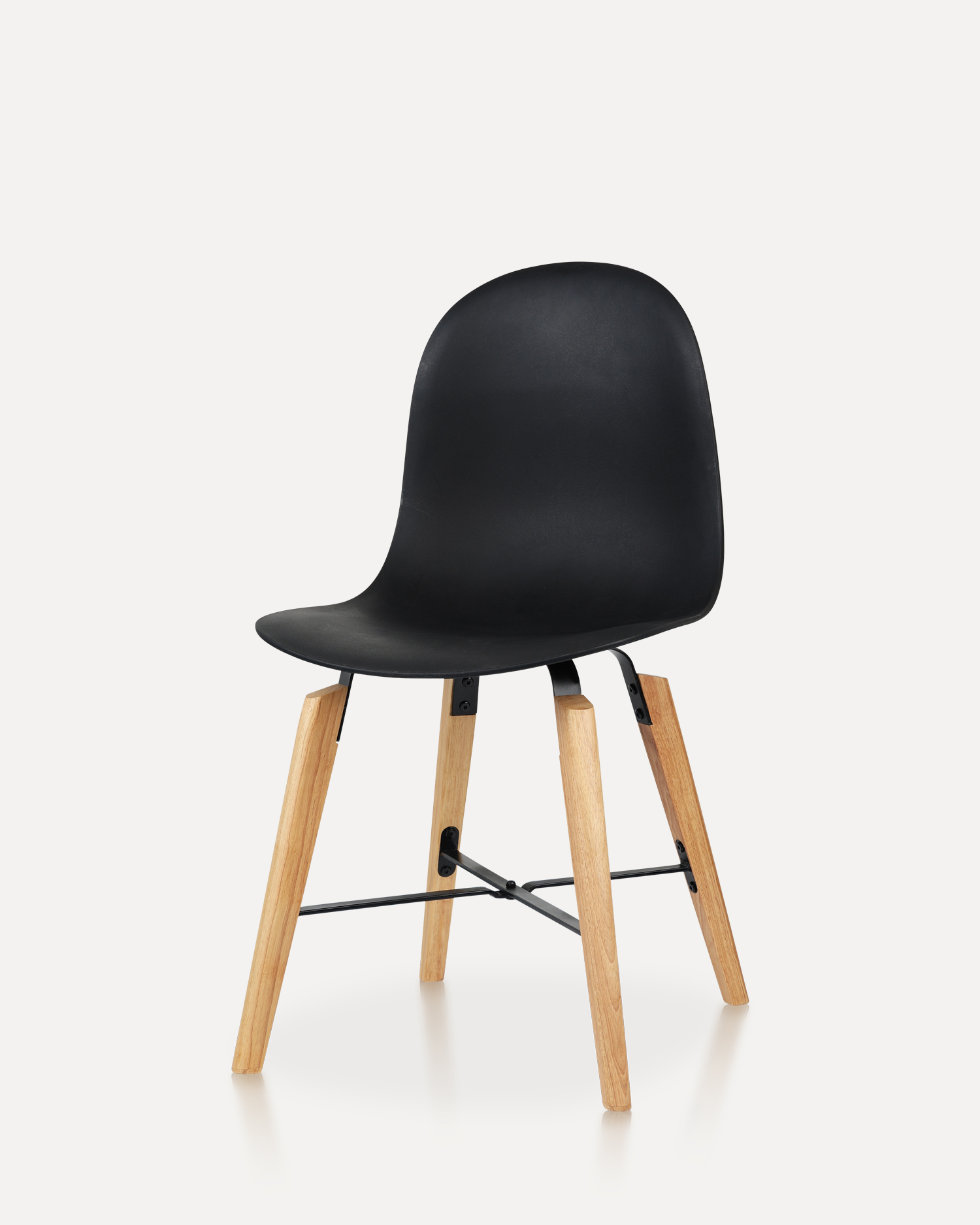

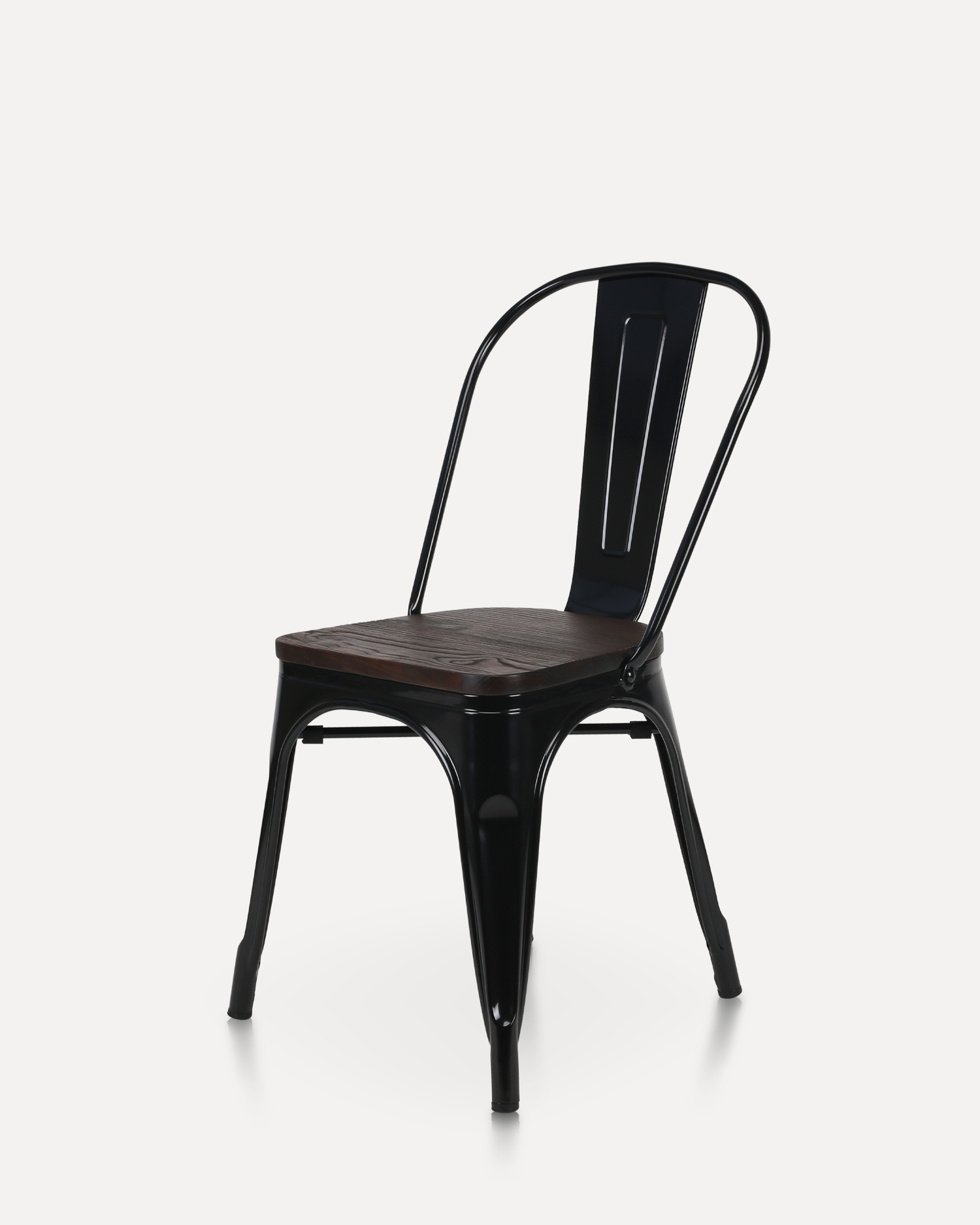
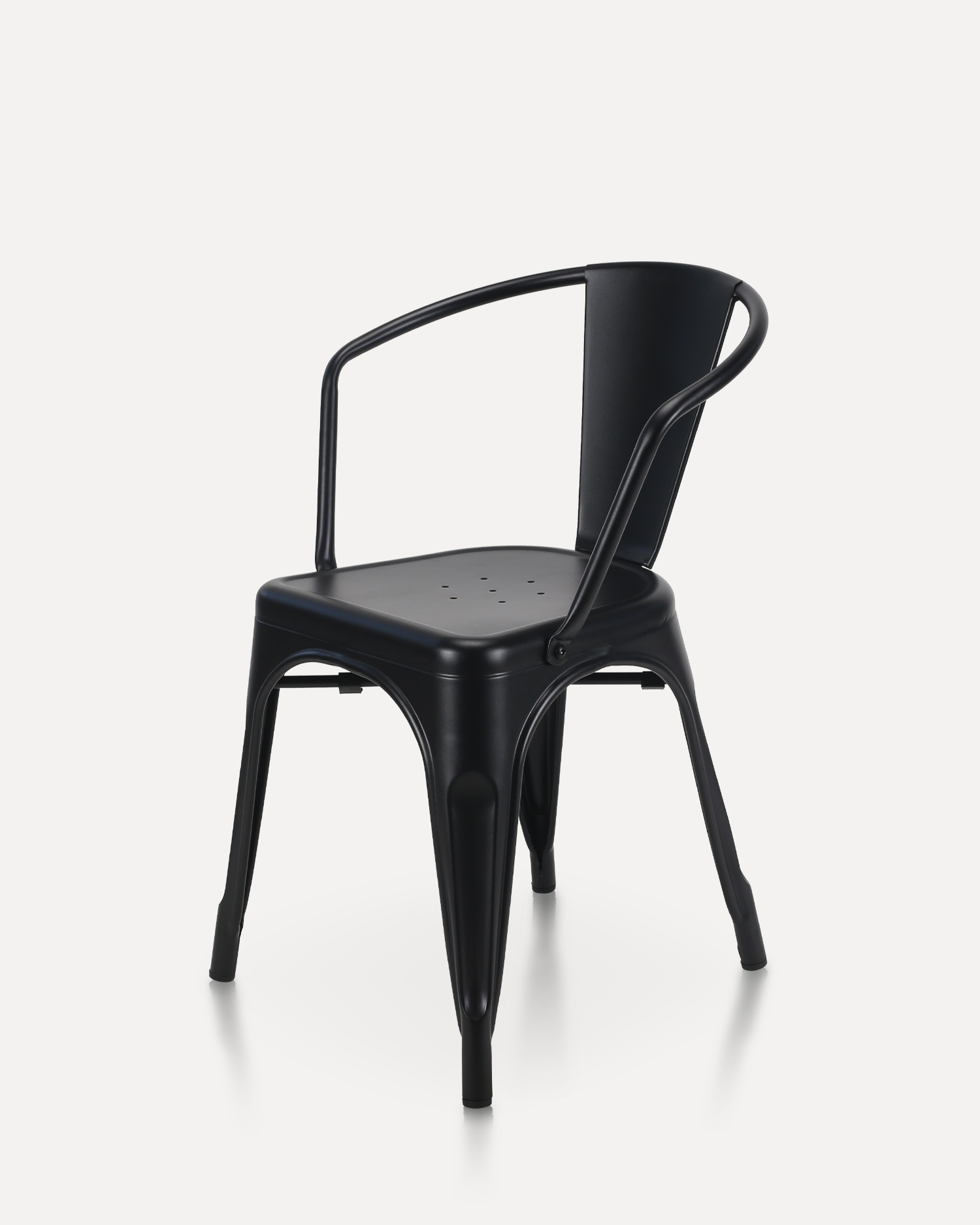
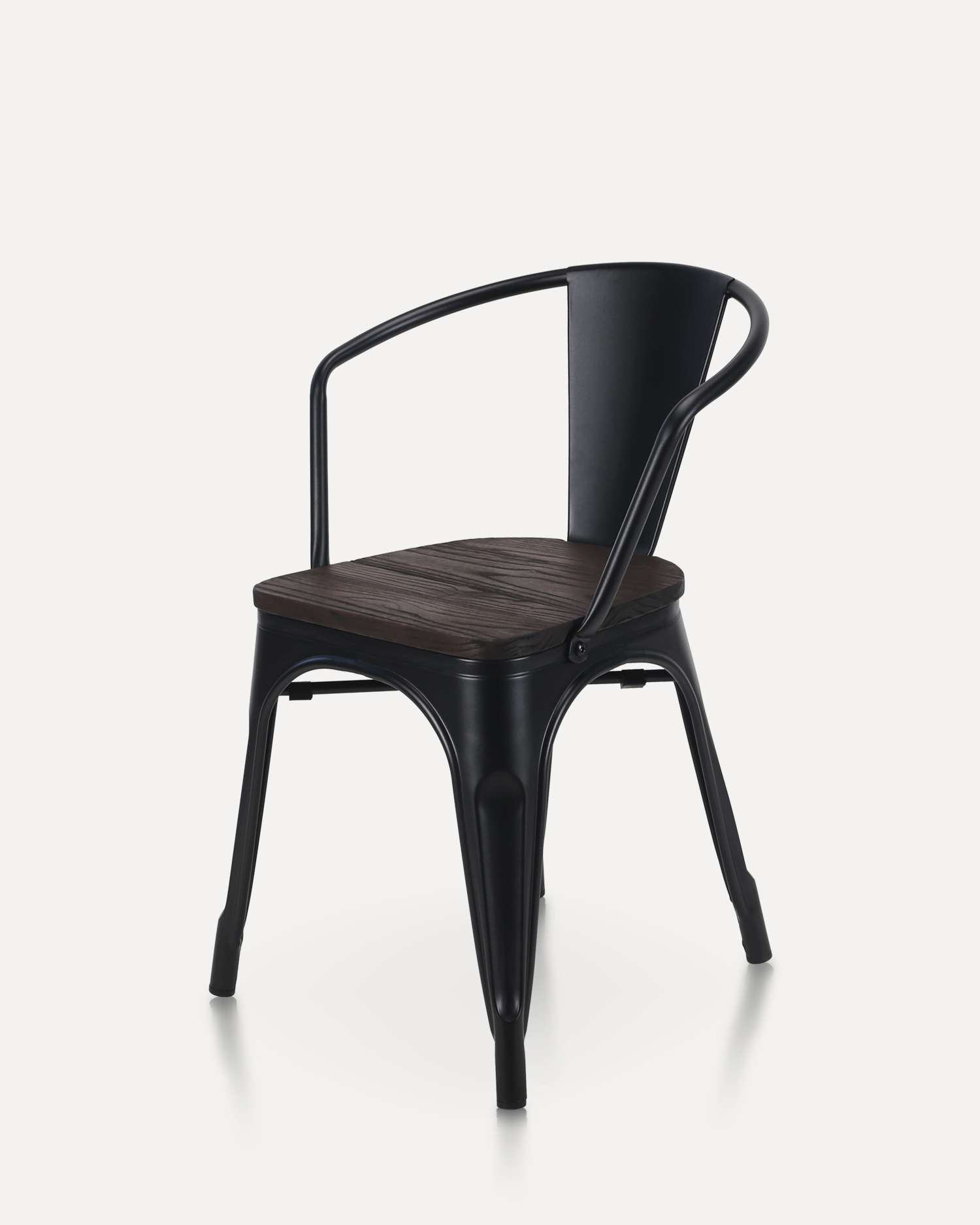
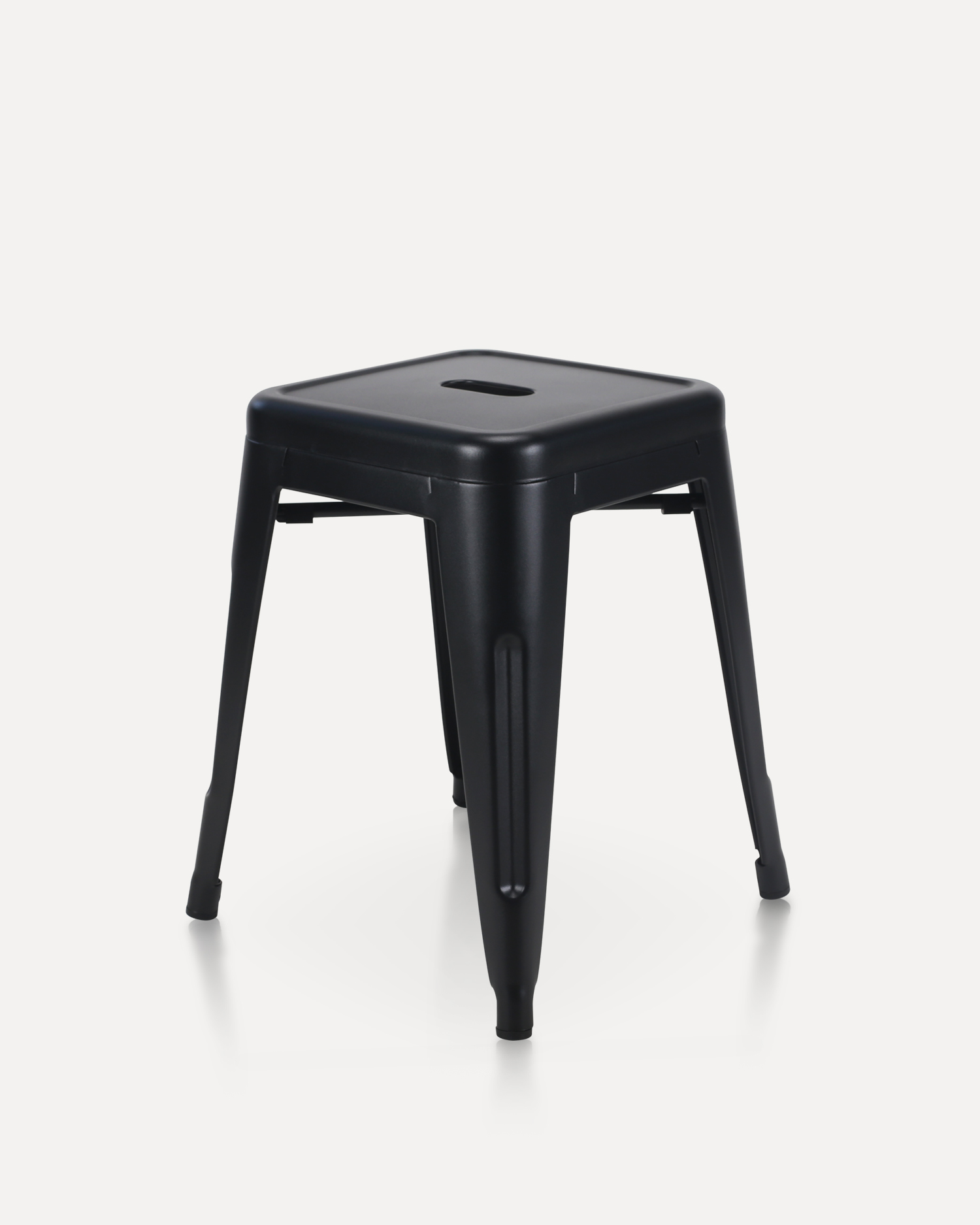
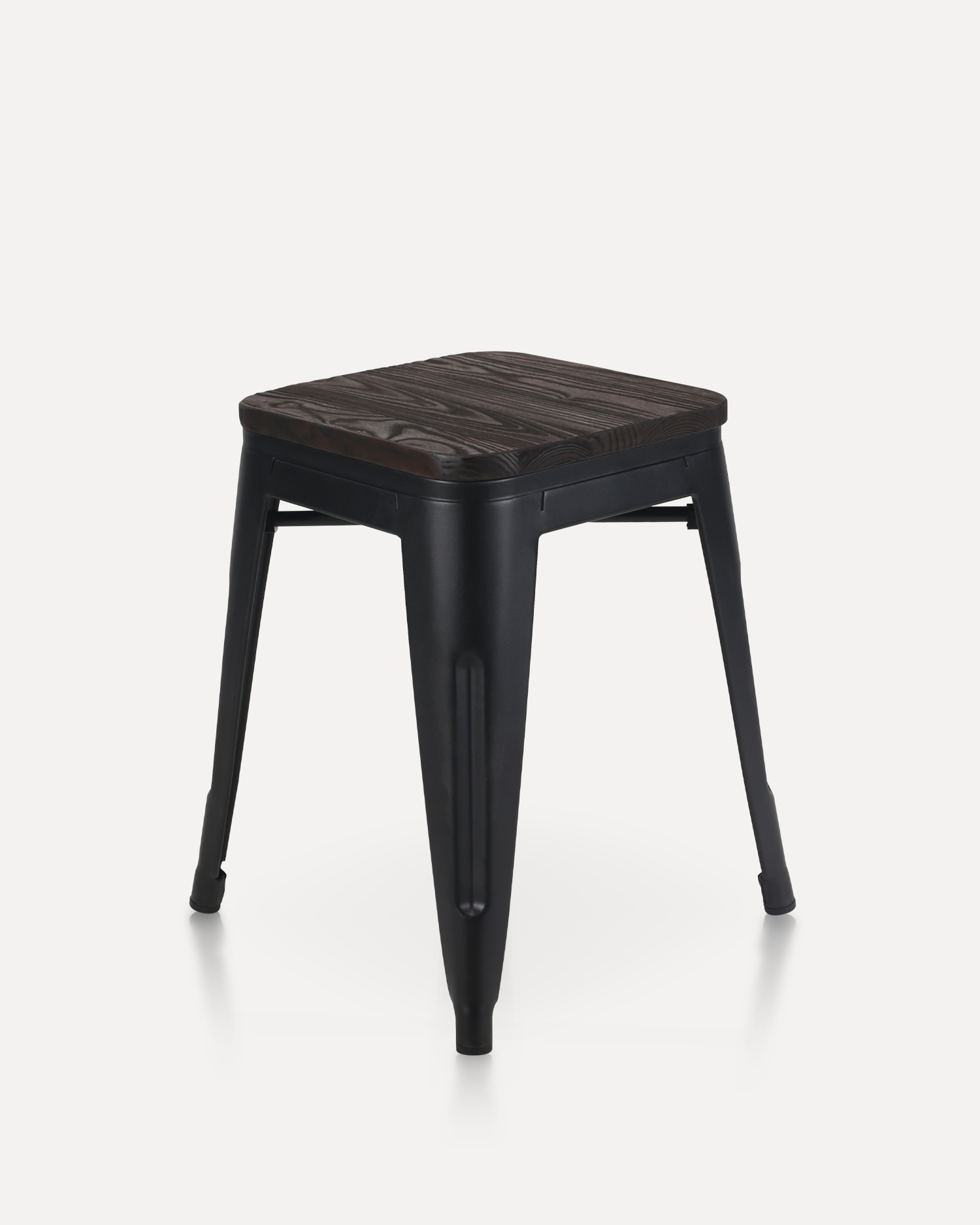
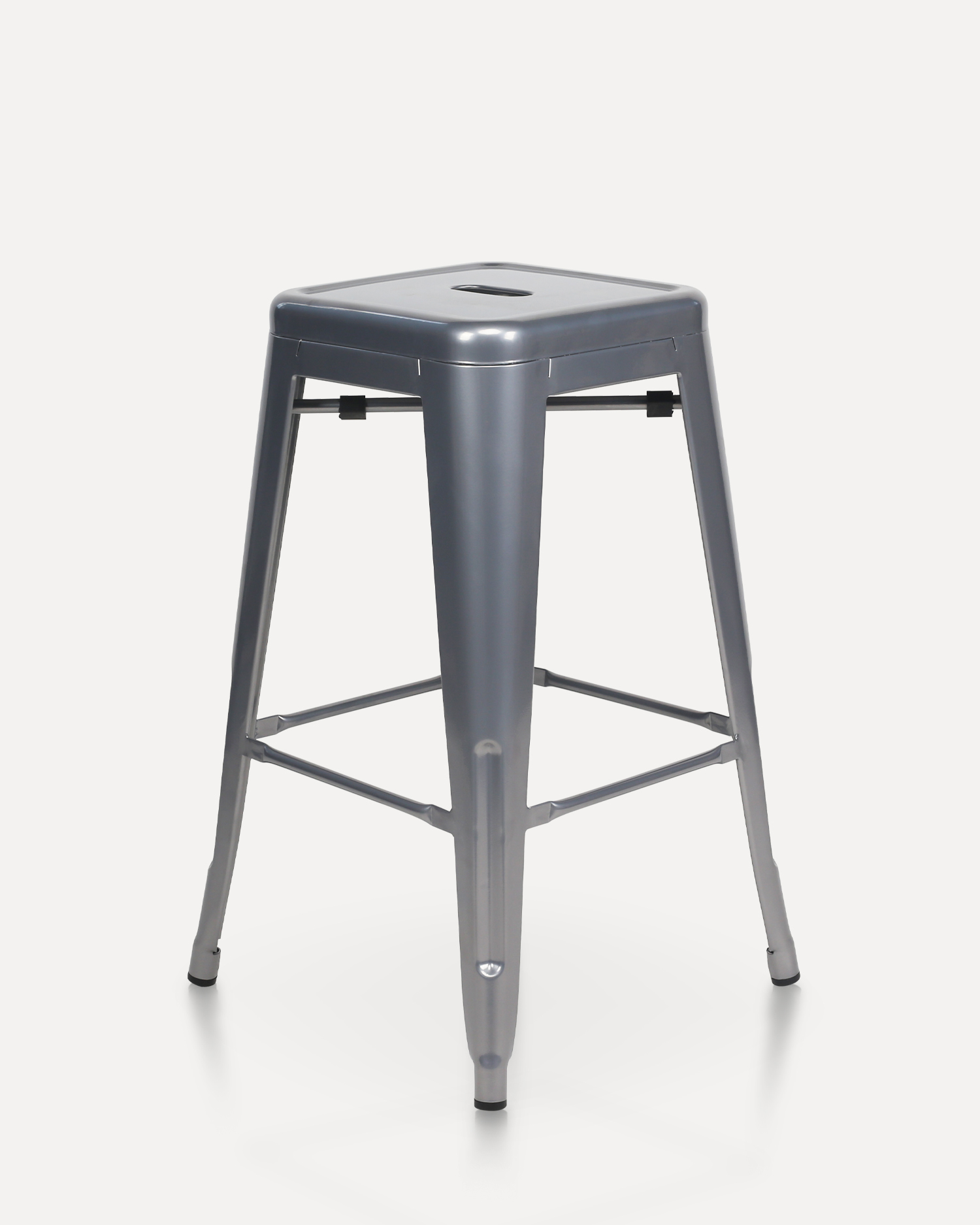
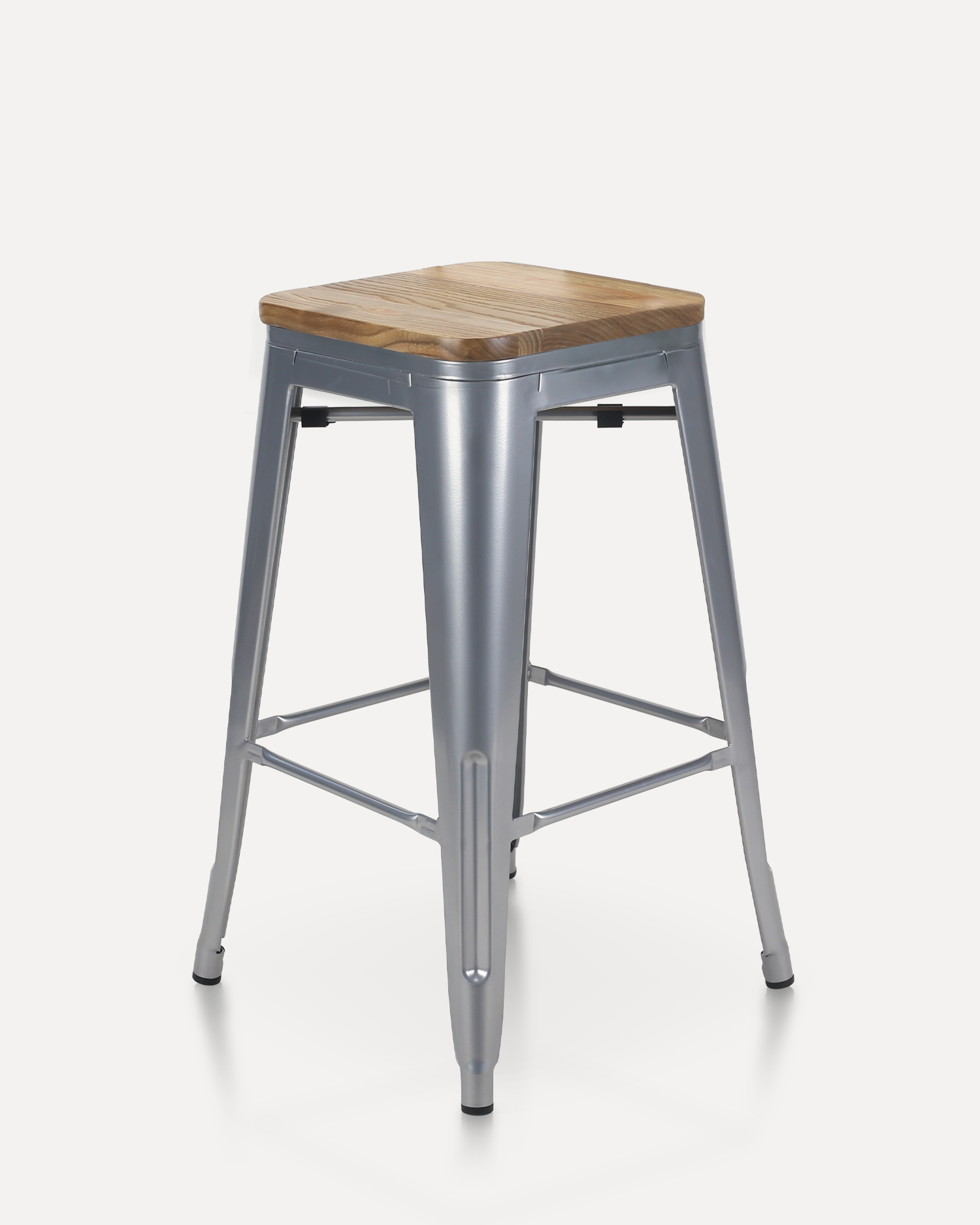
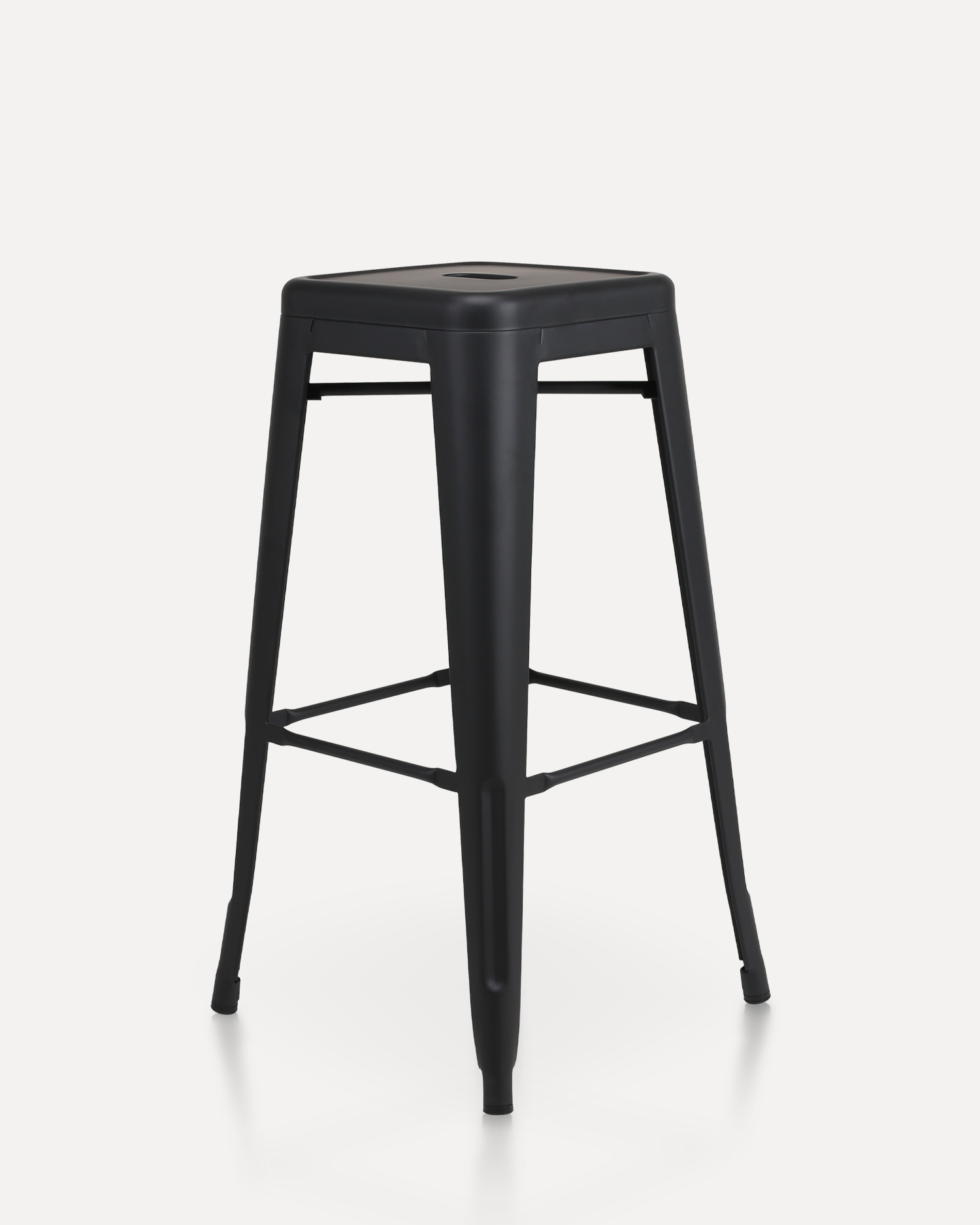





 Instagram
Instagram
 Facebook
Facebook
 Linkedin
Linkedin